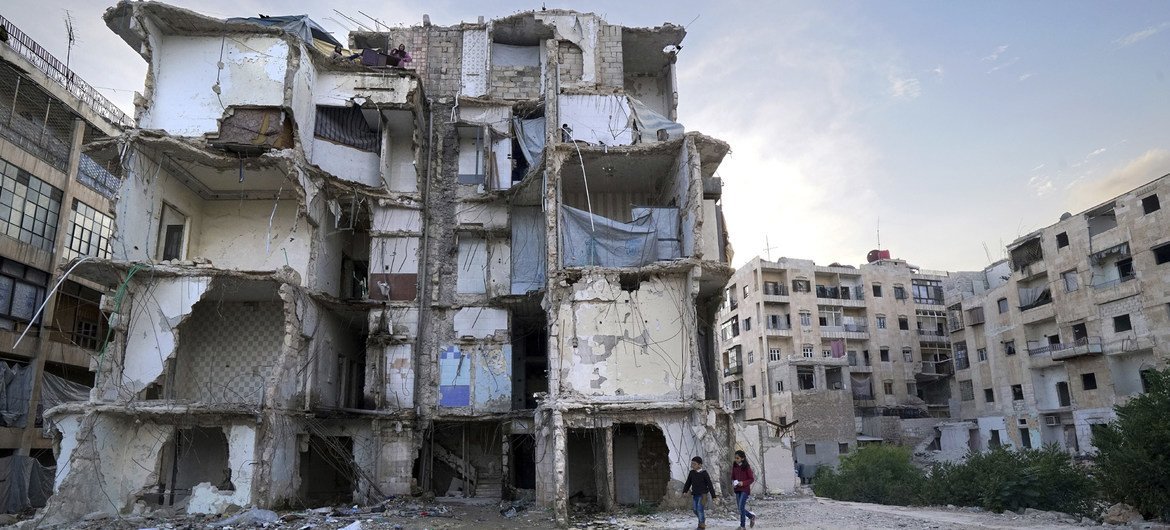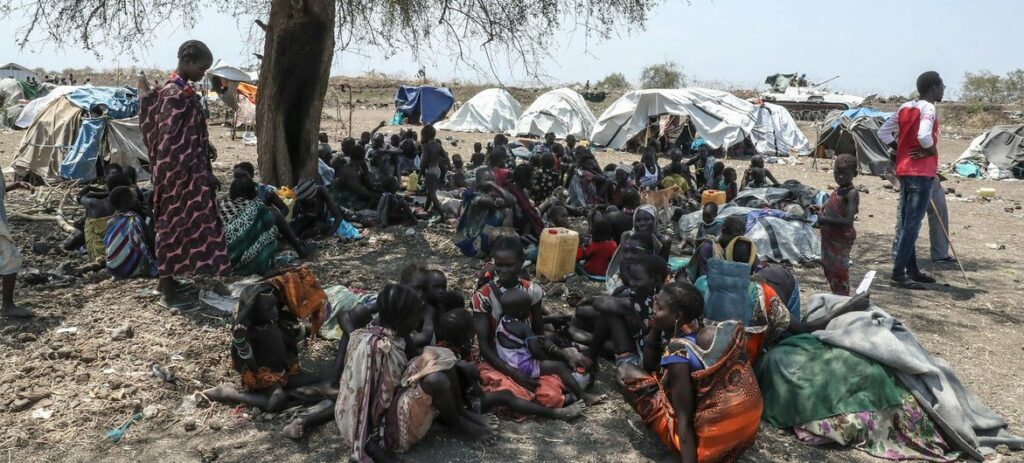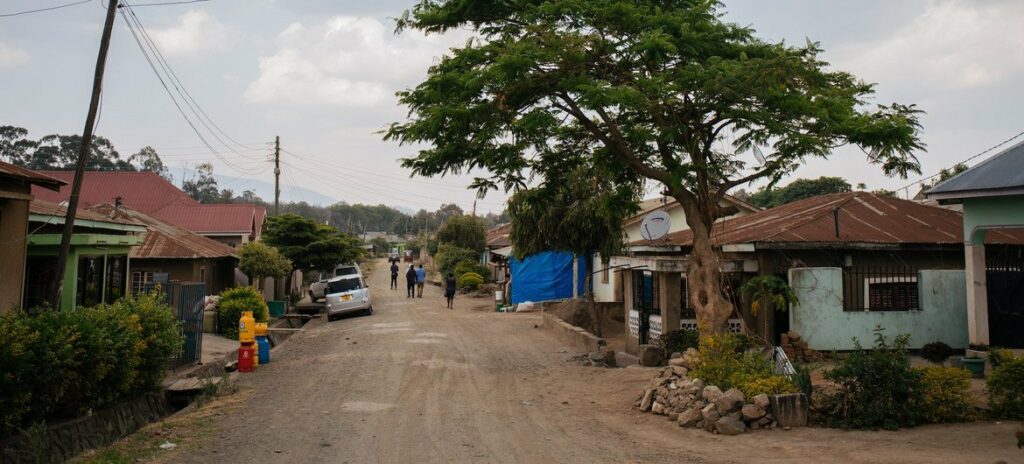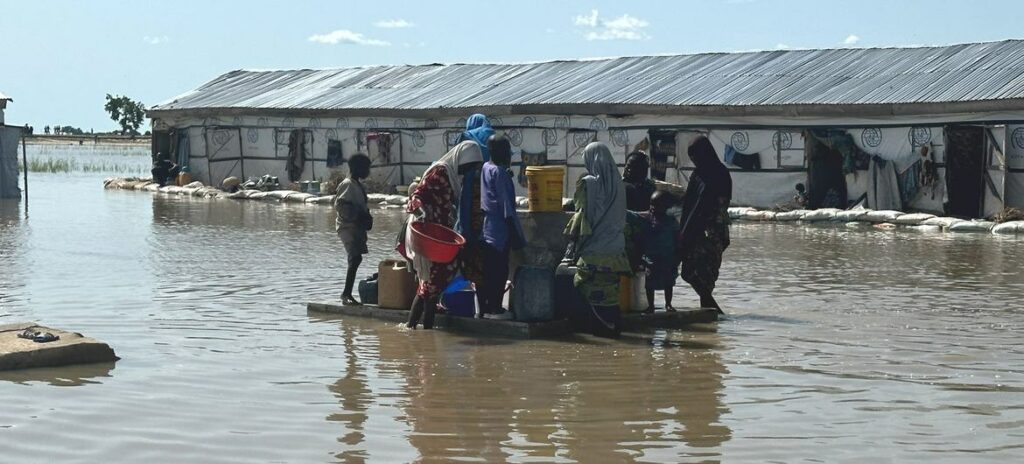The ongoing crisis in Northern Syria, particularly in and around Idlib, has reached critical levels. With escalating clashes, many NGOs and international NGOs (INGOs) are working tirelessly to provide relief to the affected population. However, the intensified conflict has severely impacted infrastructure, leaving aid workers with few facilities to operate effectively and reside safely in Northwest Syria (NW Syria). In light of these challenges, OCHA’s Emergency Services Branch (ESB) reached out to the International Humanitarian Partnership (IHP) to explore the possibility of providing critical infrastructure support for the humanitarian community.
The primary concern raised by OCHA was the urgent need for infrastructure support for NGOs and INGOs operating in the region. Specifically, there was a request to establish base camps either inside Turkey or within Syria itself, to enable humanitarian workers to perform their roles securely. Simultaneously, the humanitarian community was also considering the need for warehousing (Logistics Cluster) and medical facilities (Emergency Medical Teams – EMT) to strengthen the response. The request was marked as urgent, reflecting the dire conditions on the ground.
In response to OCHA’s request, IHP initiated a mission aimed at gathering key information regarding the needs and requirements in Northern Syria. This mission sought to assess the feasibility of providing support, including infrastructure for NGOs and INGOs operating in the region.
The mission’s overall goal was to gain a clear and comprehensive understanding of the operational environment and explore whether IHP could deliver an effective and accurate response to meet the identified needs.
Cover Photo Credit: UNHCR/Susan Schulman



